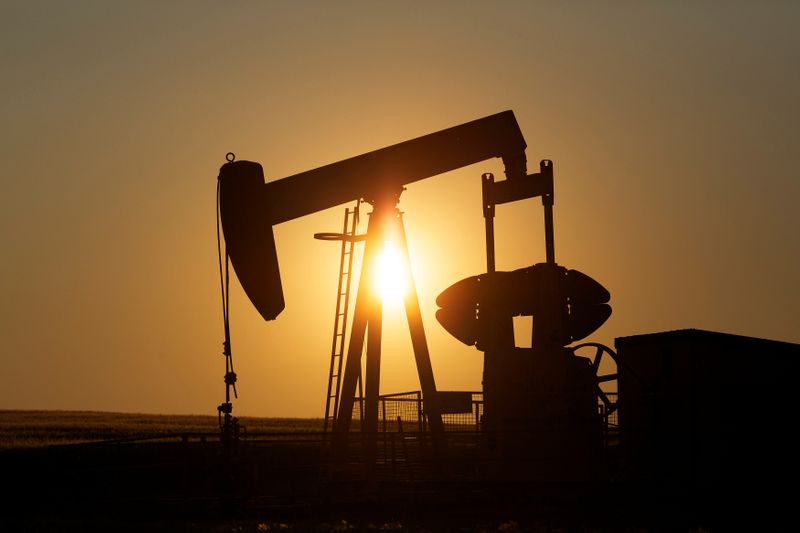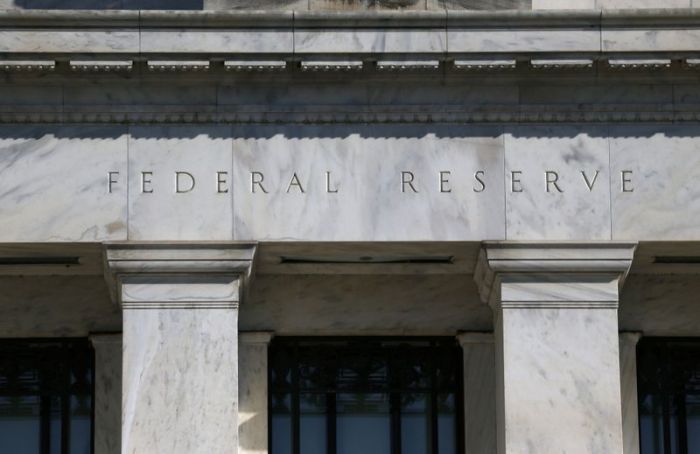LONDON (Reuters) – The International Energy Agency (IEA) bumped up its 2020 oil demand forecast on Friday but warned that the spread of COVID-19 posed a risk to the outlook.
The Paris-based IEA raised its forecast to 92.1 million barrels per day (bpd), up 400,000 bpd from its outlook last month, citing a smaller-than-expected second-quarter decline.
“While the oil market has undoubtedly made progress … the large, and in some countries, accelerating number of COVID-19 cases is a disturbing reminder that the pandemic is not under control and the risk to our market outlook is almost certainly to the downside,” the IEA said in its monthly report. (Graphic: Lockdown versus new cases, https://fingfx.thomsonreuters.com/gfx/mkt/oakvealzgvr/newcaseslockdown.JPG)
The easing of lockdown measures in many countries caused a strong rebound to fuel deliveries in May, June and likely also July, the IEA said.
But oil refining activity in 2020 is set to fall by more than the IEA anticipated last month and to grow less in 2021, it said.
Demand in 2021 will likely be 2.6 million bpd below 2019 levels, with kerosene and jet fuel due to a drop in air travel accounting for three-quarters of the shortfall.
(Graphic: Oil demand change by product, https://fingfx.thomsonreuters.com/gfx/mkt/jbyvrrajjve/oilprodchange.JPG)
“For refiners, any benefit from improving demand is likely to be offset by expectations of much tighter feedstock markets ahead. Refining margins will also be challenged by a major product stocks overhang from the very weak second quarter of 2020,” the IEA said. (Graphic: Global oil supply and demand, https://fingfx.thomsonreuters.com/gfx/mkt/xlbvgoxngvq/demandsupplyjul.JPG)
On the supply front, the IEA said the Organization of the Petroleum Exporting Countries and other producers including Russia, a grouping known as OPEC+, had shown 108% compliance with their pact to rein in output.
Market driven cuts had also affected other producers, especially the United States, though U.S. supply was expected to slowly recover in the second half of 2020 while the lifting of force majeure on exports of Libyan crude could add another 900,000 bpd to global markets by the end of the year.
(Reporting by Noah Browning; editing by Jason Neely)




















